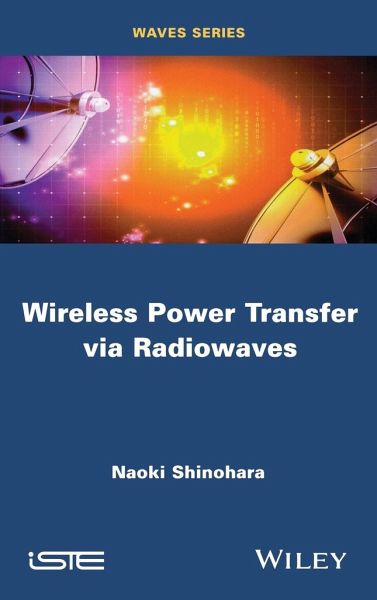
Wireless Power Transfer Via Radiowaves
Versandkostenfrei!
Versandfertig in über 4 Wochen
159,99 €
inkl. MwSt.
Weitere Ausgaben:

PAYBACK Punkte
80 °P sammeln!
Recent advances in Wireless Power Transmission (WPT) technologies have enabled various engineering applications with potential product implementation. WPT can be utilized to charge batteries in various pieces of equipment without the need for a wired connection. Energy can be harvested from ambient RF and microwave radiation and 1 million kW microwaves can be transmitted from space to the ground.This book covers all the theory and technologies of WPT, such as microwave generators with semi-conductors and microwave tubes, antennas, phased arrays, beam efficiency, and rectifiers (rectenna). The ...
Recent advances in Wireless Power Transmission (WPT) technologies have enabled various engineering applications with potential product implementation. WPT can be utilized to charge batteries in various pieces of equipment without the need for a wired connection. Energy can be harvested from ambient RF and microwave radiation and 1 million kW microwaves can be transmitted from space to the ground.
This book covers all the theory and technologies of WPT, such as microwave generators with semi-conductors and microwave tubes, antennas, phased arrays, beam efficiency, and rectifiers (rectenna). The authors also discuss coupling WPT. Applications, such as energy harvesting, sensor networks, point-to-point WPT, WPT to moving targets (airplane, vehicle, etc.) and Solar Power Satellite are also presented.
This book covers all the theory and technologies of WPT, such as microwave generators with semi-conductors and microwave tubes, antennas, phased arrays, beam efficiency, and rectifiers (rectenna). The authors also discuss coupling WPT. Applications, such as energy harvesting, sensor networks, point-to-point WPT, WPT to moving targets (airplane, vehicle, etc.) and Solar Power Satellite are also presented.




